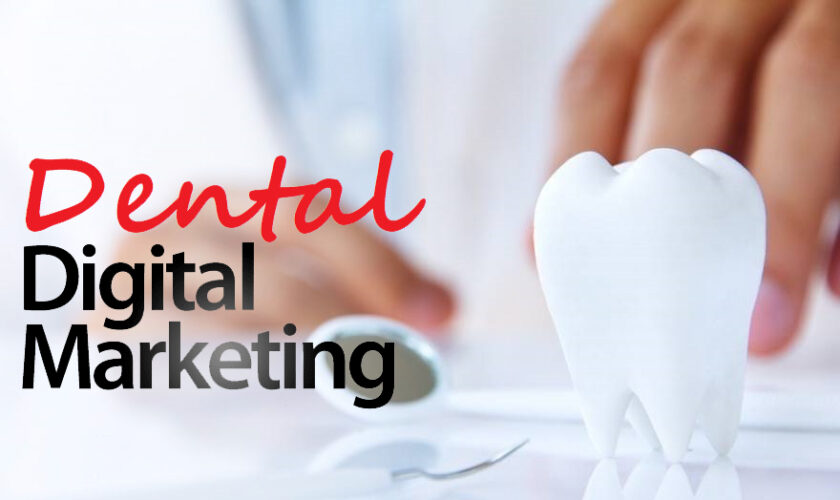Understanding the roles of various dental professionals is essential for making informed decisions about your oral health care. Two key figures in this field are oral health therapists and dentists. While both provide expert dental care, their roles, training, and scope of practice differ. This guide will help clarify the distinctions between an oral health therapist and a dentist.
Roles and Responsibilities
Both oral health therapists and dentists play vital roles in maintaining oral health, but their responsibilities differ significantly.
Dentist
A dentist is a healthcare professional who specializes in diagnosing, treating, and preventing oral health problems. Dentists undergo extensive training to provide a wide range of dental services, including complex procedures. They are equipped to handle a broad spectrum of dental issues and perform various treatments.
Responsibilities of a Dentist:
- Diagnosing oral health issues, such as cavities, gum disease, and oral cancer.
- Performing restorative procedures like fillings, crowns, and root canals.
- Conducting surgical procedures, including extractions and dental implants.
- Providing cosmetic dental treatments, such as veneers and teeth whitening.
- Developing comprehensive treatment plans for patients.
- Educating patients on maintaining optimal oral health.
Dentists are the primary providers of comprehensive dental care, ensuring that patients receive thorough and expert dental care.
Oral Health Therapist
An oral health therapist is a dental professional trained to provide preventive and restorative dental care, particularly for children and adolescents. They combine the roles of a dental hygienist and a dental therapist, focusing on promoting good oral health and preventing dental diseases. Their scope of practice is more limited compared to dentists, but they play a crucial role in maintaining dental hygiene and preventive care.
Responsibilities of an Oral Health Therapist:
- Conducting oral health assessments and screenings.
- Providing preventive care, such as cleanings, fluoride treatments, and sealants.
- Educating patients on proper oral hygiene practices.
- Performing basic restorative procedures, including fillings and extractions of primary teeth.
- Developing personalized oral health plans for patients.
- Collaborating with dentists to ensure comprehensive patient care.
Oral health therapists are essential in providing preventive care and educating patients, helping to maintain good oral hygiene and prevent more serious dental issues.
Education and Training
The educational pathways and training for dentists and oral health therapists differ significantly, reflecting the scope and complexity of their roles.
Education and Training for Dentists
Dentists undergo rigorous education and training to ensure they can provide comprehensive dental care. The typical path includes:
- Completing a bachelor’s degree, often with a focus on sciences.
- Attending dental school to earn a Doctor of Dental Surgery (DDS) or Doctor of Dental Medicine (DMD) degree, which usually takes four years.
- Passing national and state licensing exams to practice dentistry.
- Continuing education to stay updated with the latest advancements in dental care.
This extensive education equips dentists with the knowledge and skills to perform a wide range of dental procedures and treatments, ensuring they can provide expert dental care.
Education and Training for Oral Health Therapists
Oral health therapists also undergo specialized training, though it is not as extensive as that required for dentists. The typical path includes:
- Completing a bachelor’s degree in oral health therapy, which usually takes three to four years.
- Gaining practical experience through clinical placements.
- Passing national and state licensing exams to practice as an oral health therapist.
- Participating in continuing education to maintain and update their skills.
The focused training allows oral health therapists to excel in preventive and basic restorative care, making them valuable members of the dental care team.
Scope of Practice
The scope of practice for dentists and oral health therapists varies, influencing the types of treatments they can provide.
Scope of Practice for Dentists
Dentists have a broad scope of practice, allowing them to perform:
- Comprehensive examinations and diagnoses.
- Advanced restorative procedures, including crowns, bridges, and dentures.
- Complex surgical procedures, such as extractions, implants, and bone grafts.
- Orthodontic treatments, such as braces and aligners.
- Emergency dental care for acute issues.
Dentists’ extensive training and broad scope of practice enable them to address a wide range of dental health issues, providing expert dental care for various needs.
Scope of Practice for Oral Health Therapists
Oral health therapists focus on preventive and basic restorative care, including:
- Conducting oral health assessments and cleanings.
- Applying fluoride treatments and dental sealants.
- Performing fillings and extractions of primary teeth.
- Educating patients on oral hygiene practices.
- Developing preventive care plans.
While their scope is more limited, oral health therapists play a crucial role in maintaining dental hygiene and preventing more serious dental problems.
Collaboration Between Dentists and Oral Health Therapists
Collaboration between dentists and oral health therapists ensures comprehensive care for patients. Dentists often refer patients to oral health therapists for preventive care and basic treatments, while oral health therapists refer more complex cases to dentists. This teamwork enhances patient care by combining the strengths of both professionals, ensuring that patients receive expert dental care tailored to their needs.
Conclusion
Understanding the differences between an oral health therapist and a dentist can help you make informed decisions about your dental care. While both professionals provide essential services, their roles, training, and scope of practice vary. Dentists offer comprehensive and advanced treatments, while oral health therapists focus on preventive and basic restorative care. Together, they ensure that you receive expert dental care that addresses all aspects of your oral health.
By knowing what to look for and understanding the unique contributions of each professional, you can choose the right dental care provider for your specific needs, ensuring a healthy and confident smile.




